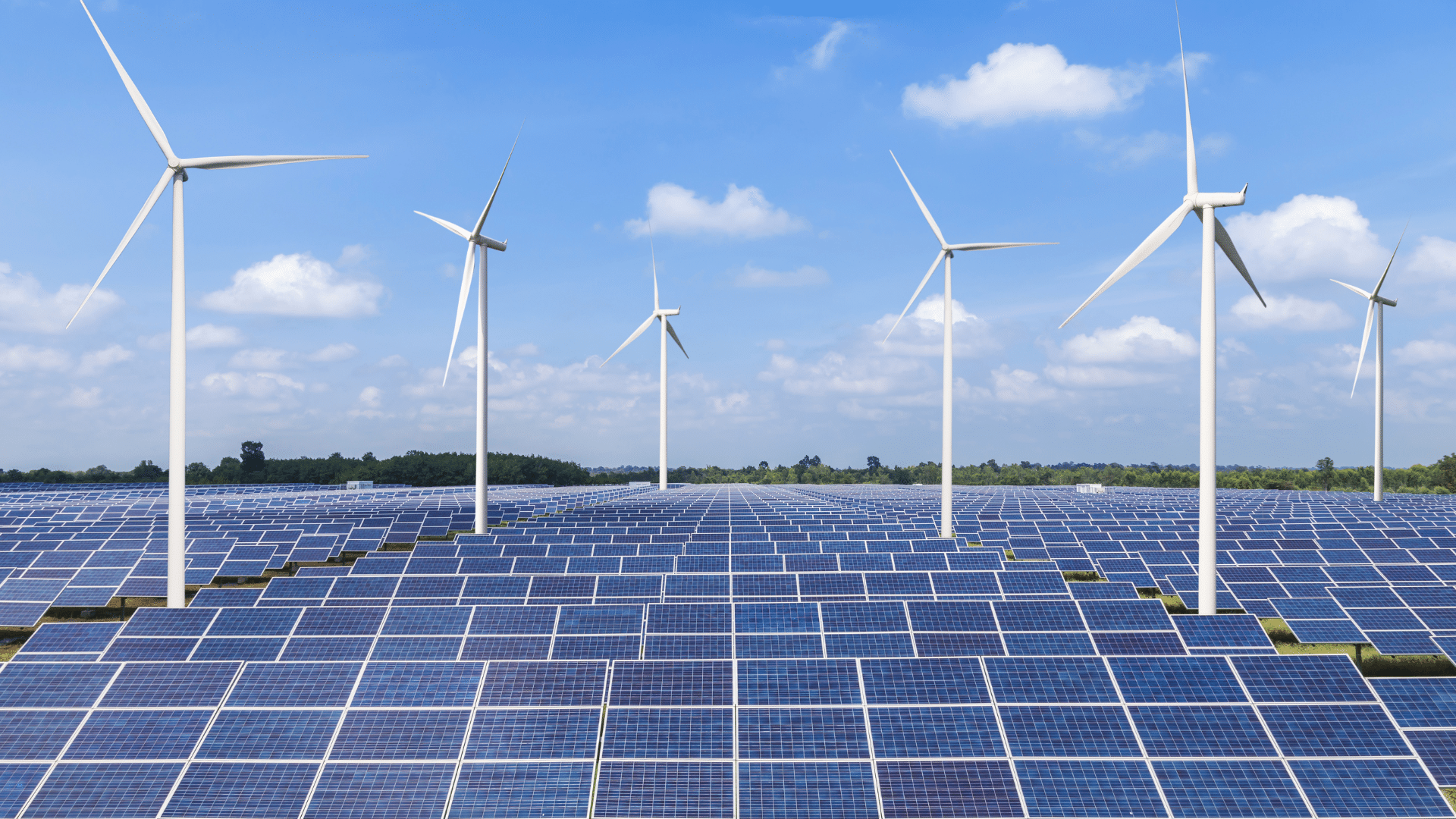
The renewable energy market (REM) may go full steam ahead as the Independent Electricity Market Operator of the Philippines (IEMOP) targets to make it fully operational by yearend, an official said.
Arjon Valencia, corporate planning and communications manager of IEMOP, said they were gearing up for the full commercial operations of the REM by December.
REM is a marketplace for the trading of renewable energy certificates equivalent to an amount of power generated from clean energy sources. It is envisioned to increase the utilization of renewable energy as well as boost the country’s shift to clean power.
READ: Reasons for the mixed performance of renewable energy stocks
The Department of Energy (DOE) released in 2022 a circular outlining the governing rules of the market’s interim operations. Shortly after, the Philippine Electricity Market Corp. (PEMC) announced the start of REM’s interim commercial operations in August 2022.
While PEMC—serving as the market registrar—currently leads the REM, Valencia said IEMOP would eventually take over the platform’s management once it goes fully online.
The DOE is expected to release a new circular to signal the full operations of REM.
“The renewable energy market covers the entire system. It is a market that facilitates the compliance of the mandated participants… to source a percentage of their electricity sales from RE and the instrument to measure that is RE certificate,” he said in a recent briefing.
Valencia explained that if these mandated participants’ power supply agreements have no enough renewable energy to meet the required percentage, they can source RE certificates from the REM instead.
Currently, he said that 11 percent of electricity sales of industry players must come from clean energy.
The mandated players are the electric cooperatives, distribution utilities, and retail suppliers.
“So ‘yung target natin na (So our target that is) 35% by 2030, this market will facilitate that,” Valencia said.
The Marcos administration has been urging the private sector to build clean power projects, as it seeks to increase the renewables’ share in the power generation mix to 35 percent by 2030. At present, its share is at 22 percent.

